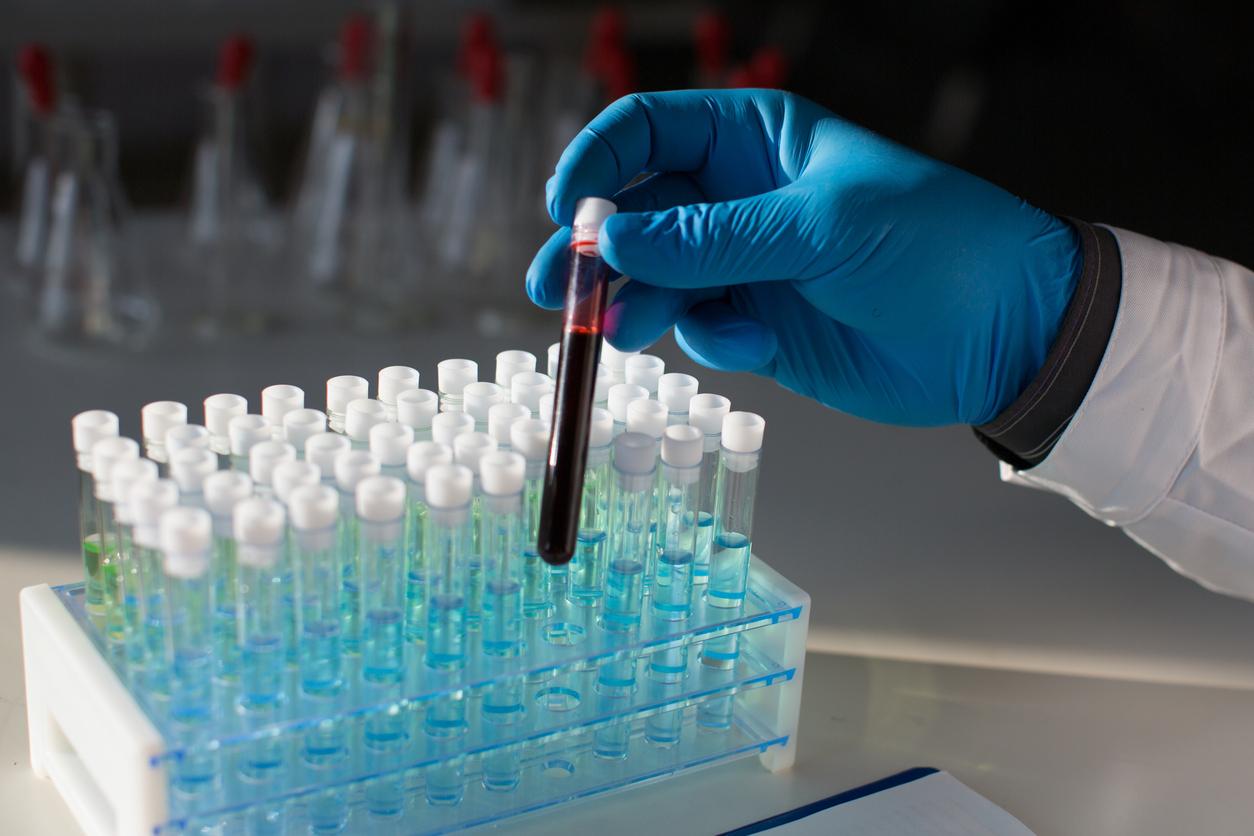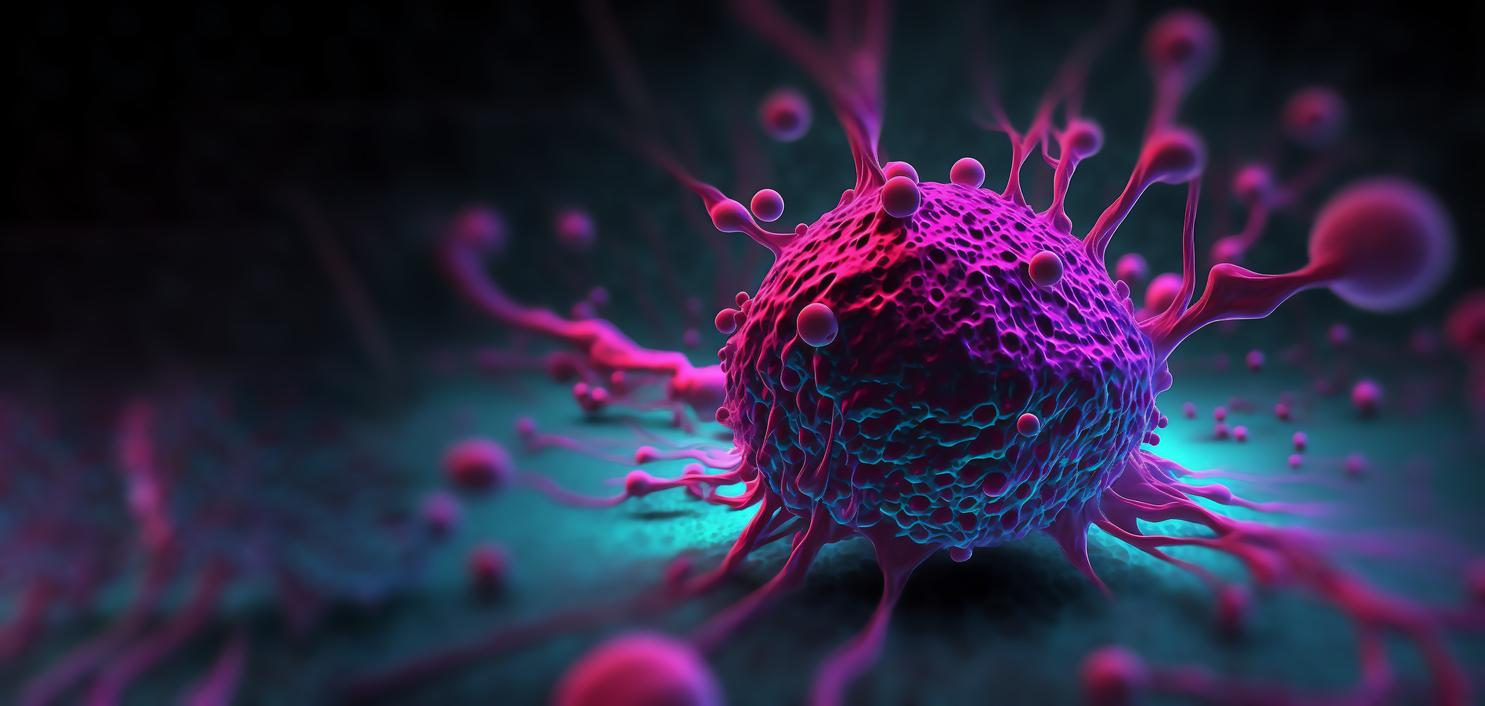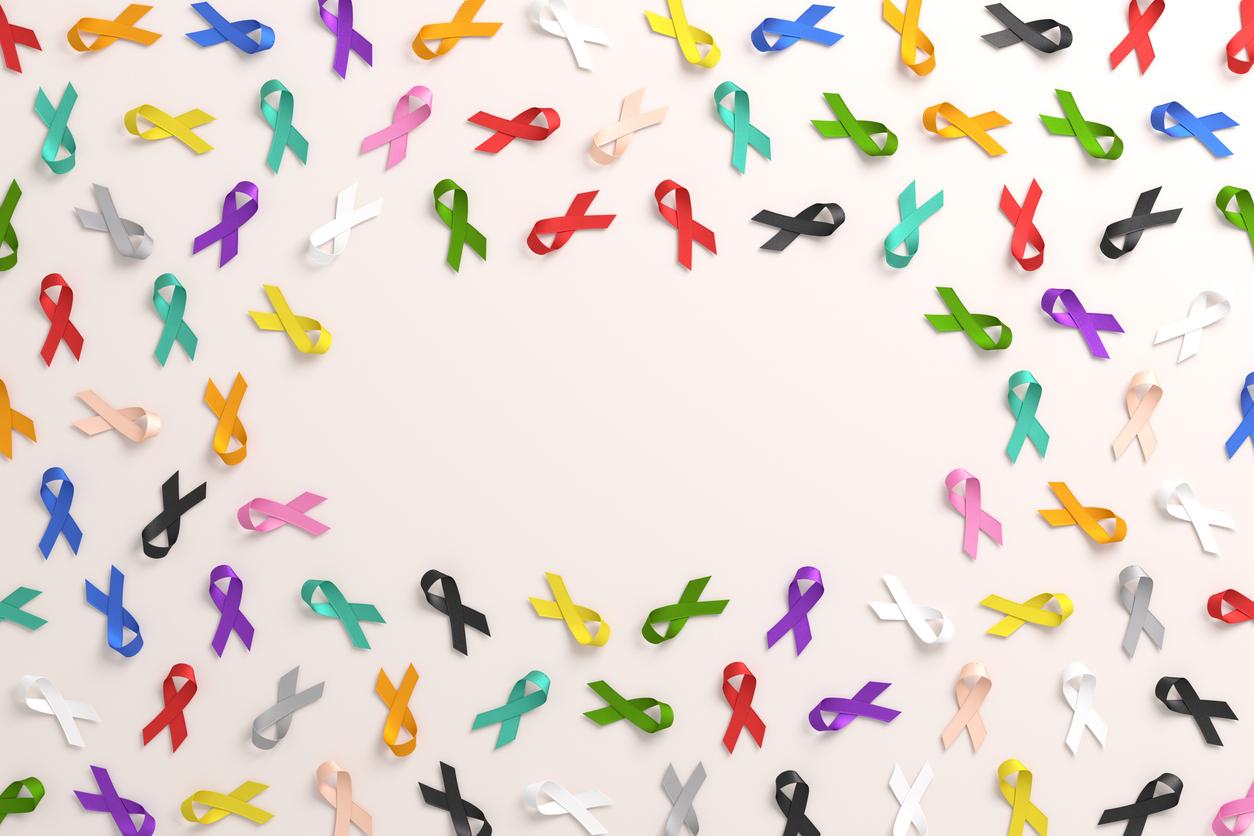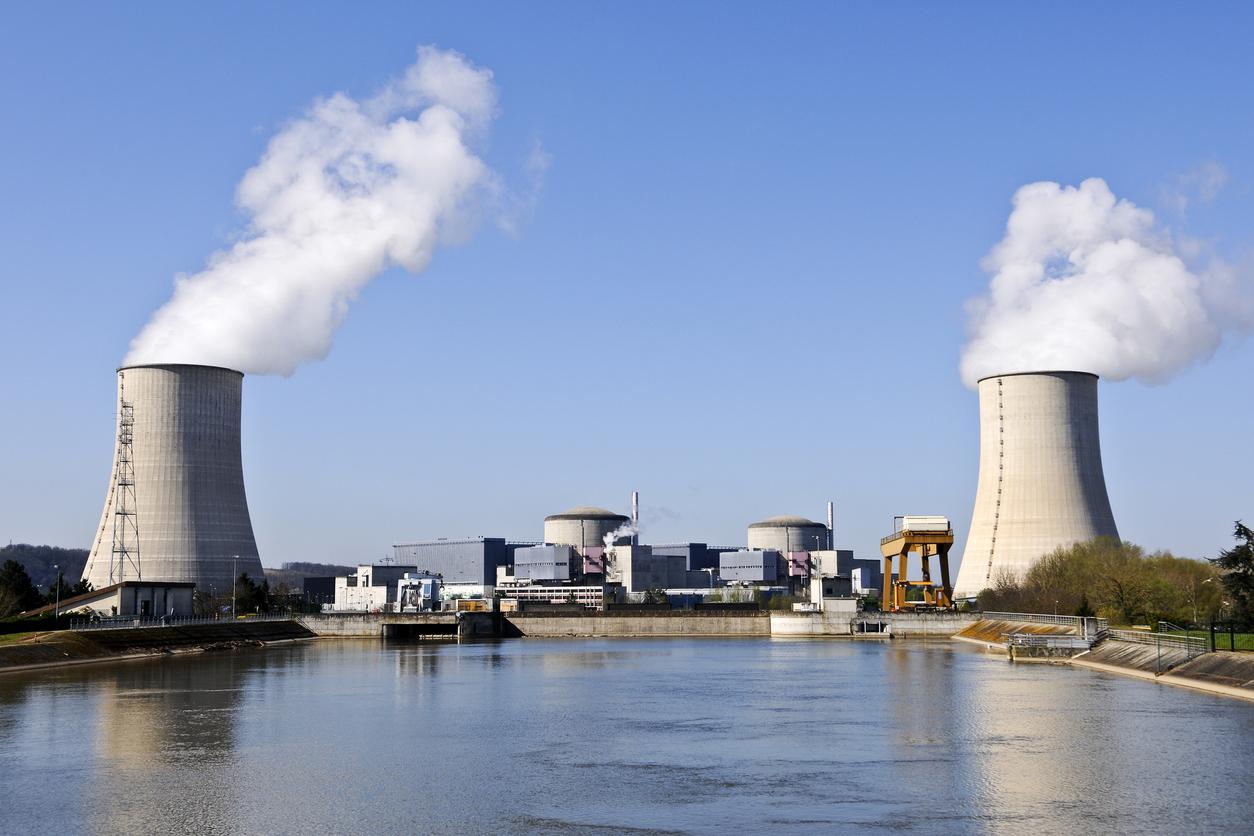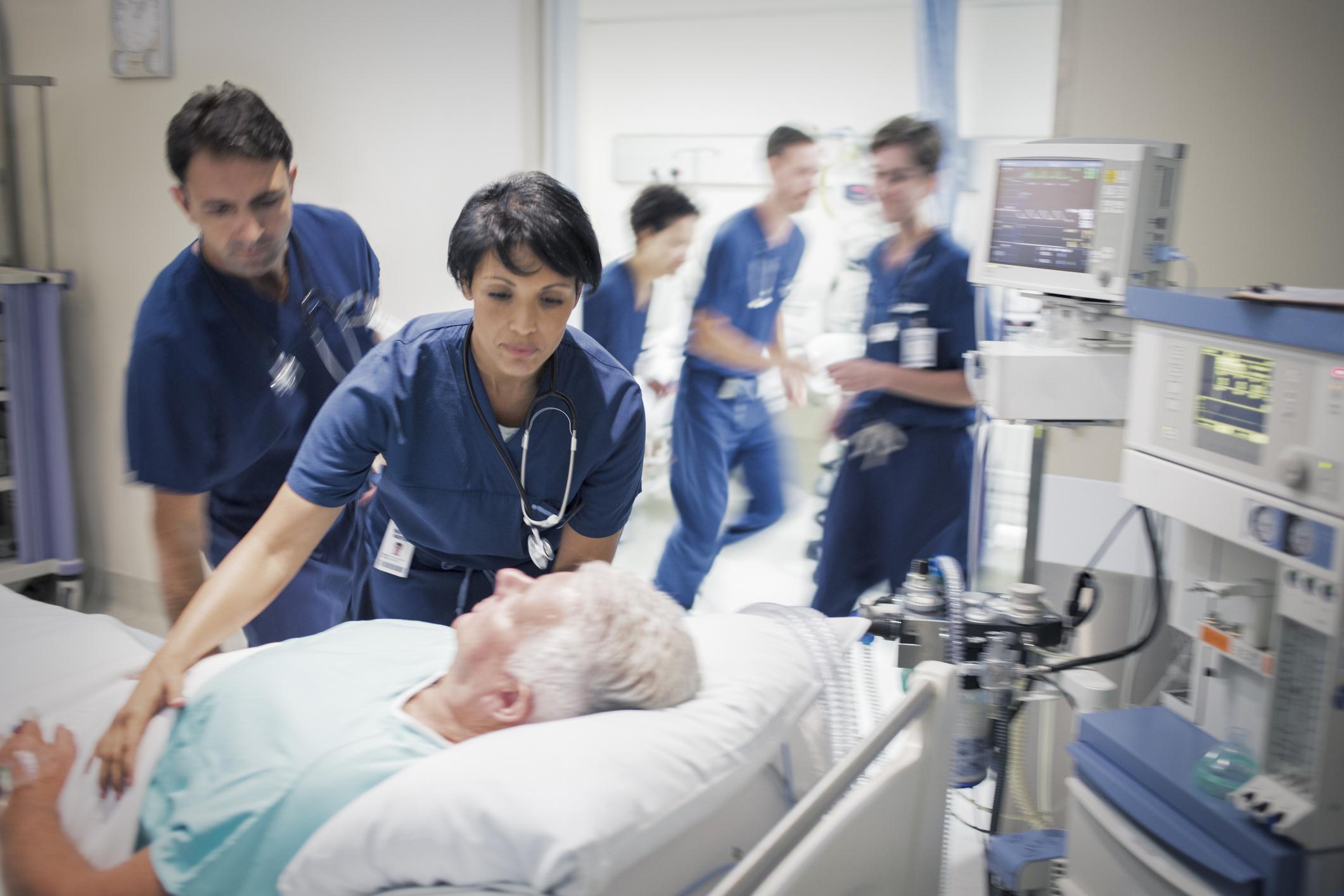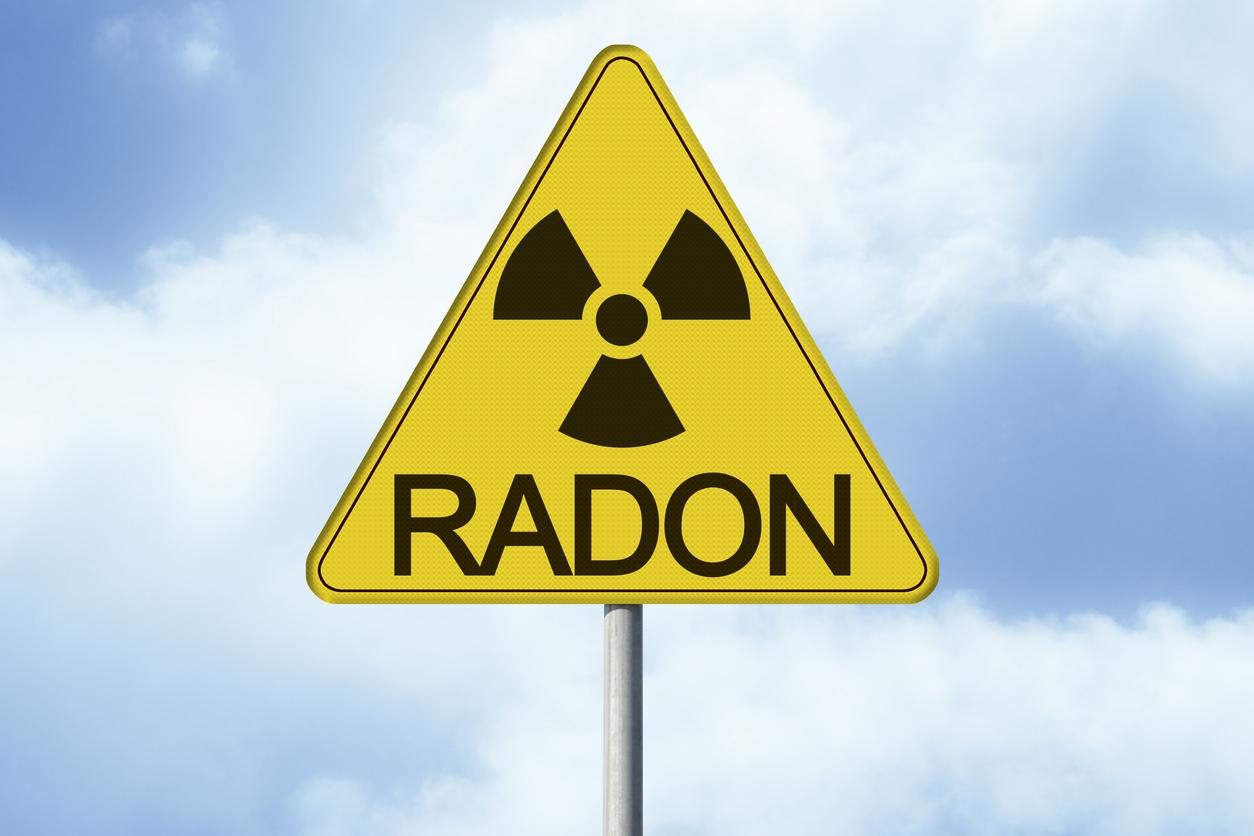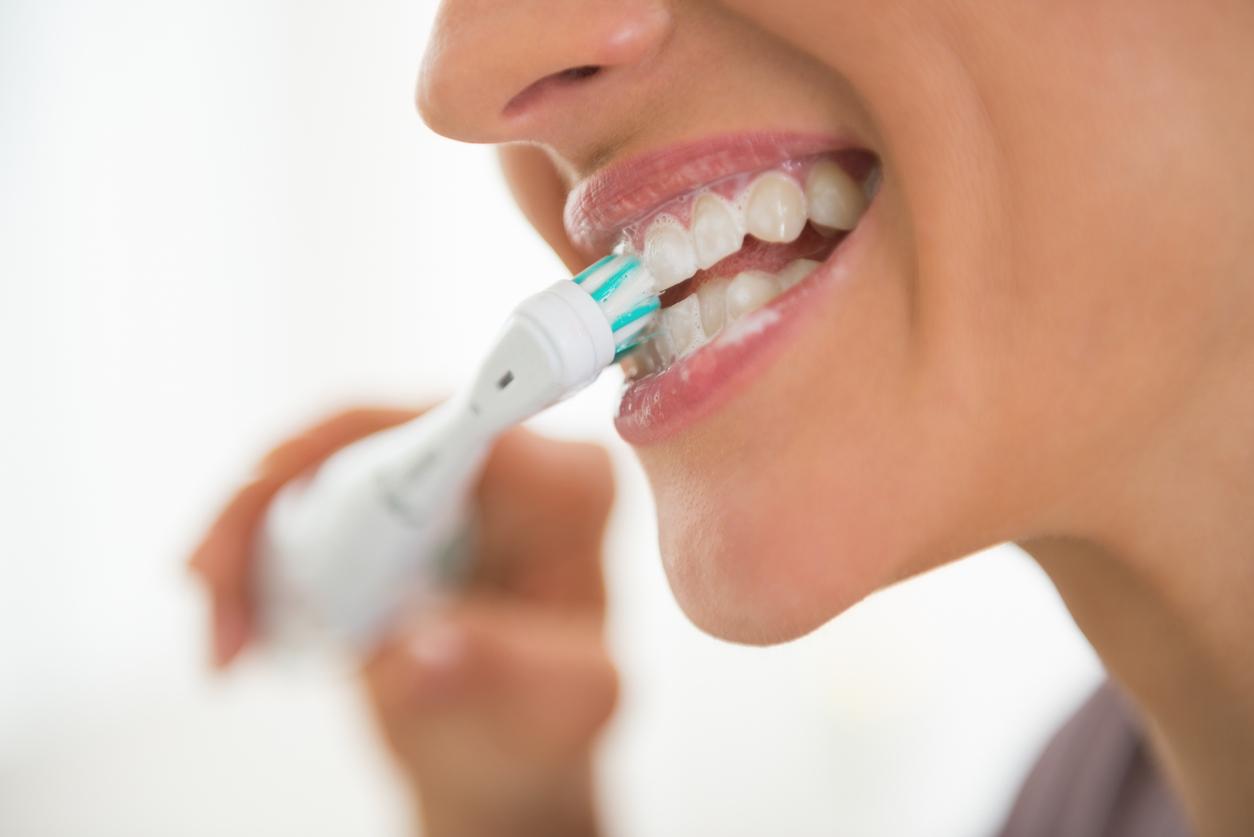Today, women aged 50 to 74 are called upon to be screened for breast cancer free of charge, via a mammogram. Between 1990 and 2018, the number of new cases per year almost doubled, from 29,970 to 58,400, recalls the National Cancer Institute. Nearly 80% of these develop after the age of 50. But it happens that these cancers are “overdiagnosed”. Explanations.
Lhe e-cancer site offers a definition : “ Overdiagnosis corresponds to the detection of cancerous lesions that have not evolved into a clinical presentation. or symptomatic during the individual’s lifetime, nor would it have been diagnosed or harmed the individual in the absence of screening. But this is not a misdiagnosis, nor a false alarm.
“The diagnosis is accurate but useless for the patient. It is medicine that produces this surplus of “diseases”. Indeed, being a carrier of cancerous cells does not make the individual a cancer patient. But the more we detect, the more we find. notes the Cancer rose association.
How much is overdiagnosis?
A study conducted at the Oslo Institute in 2008 demonstrated this by comparing two groups of women: the first had a mammogram every two years, the other only once, after six years. “Result: 22% excess cancer in the screened group. However, if all the tumors evolved into perceptible cancers, we should have found as many cancers in these two groups of women with the same profile. If we find more of them in the group screened every two years, this means that there is an excess of diagnoses”, rebounds Cancer Rose.
According to the e-cancer site, overdiagnosis would be “in the order of 1 to 10%, even 20%. According to estimates, the ratio between the number of cancer deaths avoided and the number of cancers overdiagnosed varies from 2 deaths avoided for 1 case of overdiagnosis to 1 death avoided for 10 cases of overdiagnosis (central value of 1 death avoided for 3 cases overdiagnosis). »
But with current knowledge, we cannot yet distinguish a cancer that will evolve from another that will not evolve. Overdiagnosis is inherent in any screening, it is part of the risks, outweighed by the benefits, as underlined the Cancer Research Foundation : “The EUROSCREEN1 group took stock of the national experiments carried out in Europe: over-diagnosis represents on average 6.5% of all cancers diagnosed (between 1% and 10% according to estimates), corresponding to 4 cases for 1 000 women screened. For InVS2, the introduction of organized screening has led to a 21% reduction in breast cancer mortality. The researchers conclude that the number of over-diagnoses does not call into question the benefits of organized screening. »
How to limit overdiagnosis?
As the ARC Foundation explains: “Dr. Suzette Delaloge of the Gustave Roussy Institute (IGR, Villejuif) discusses the progress to be made in imaging, in order to better classify tumors and thus avoid unnecessary biopsies. Researchers are working on new techniques adapted to the observation of breast tumors, such as magnetic resonance imaging (MRI) or angio-mammography (a product injected into the breast opacifies the blood vessels to better visualize them). ” Of the studies are also in progress to be able to specify the factors of evolution of pre-cancerous lesionsvia biological examination.
Can mammograms cause cancer?
The other “through” of screening is exposure to radiation, which sometimes worries about the risk of cancer occurrence, we talk about radiation-induced cancers. But he would be weak. That said, it’s theone of the reasons why the interval chosen between each mammogram is 2 years and that in the absence of risk factors, it only begins at age 50.
Concretely, “the models indicate that the risk of radiation-induced cancer linked to mammograms could be, in the age group and for the population targeted by organized screening, of the order of 1 to 10 cases per 100,000 women having performed a mammogram every 2 years for 10 years. On the other hand, the number of deaths avoided with screening is much higher than the risk of death from radiation-induced cancer”, specifies the e-cancer site.
To have a benchmark, it is estimated that mammograms, if they are done regularly between the ages of 50 and 74, will not exceed the number of 13. Either 2% of the total exposure of the French population to ionizing radiation.
Sources: National Cancer Institute, e-cancer, Pink Cancer, ARC Foundation











